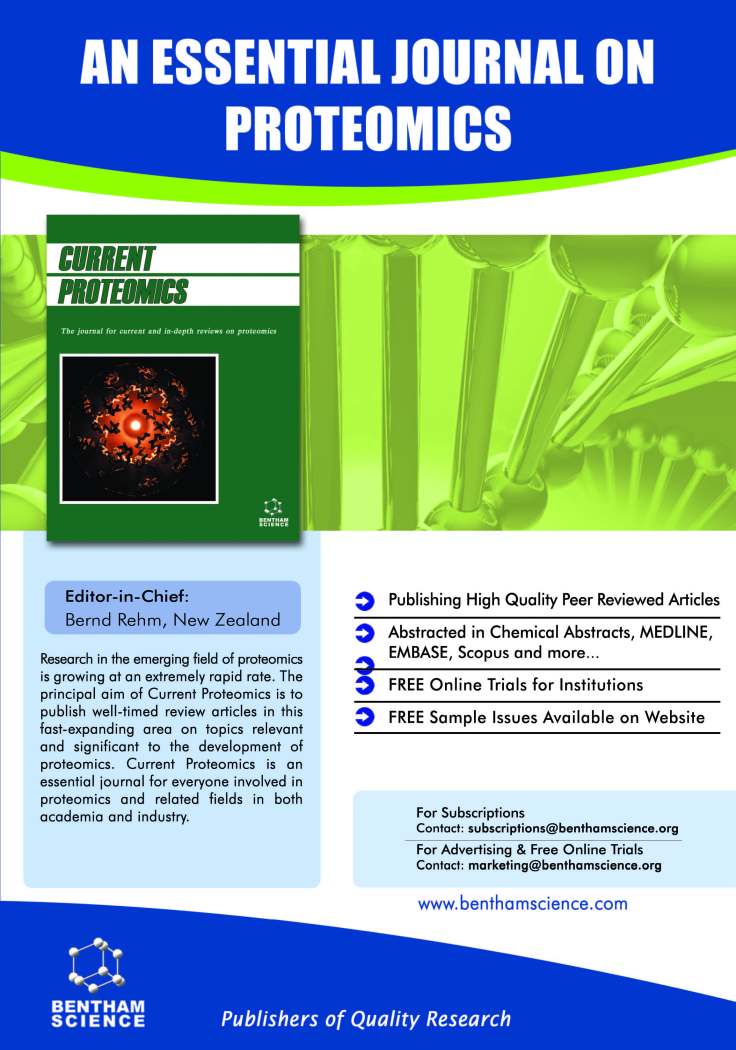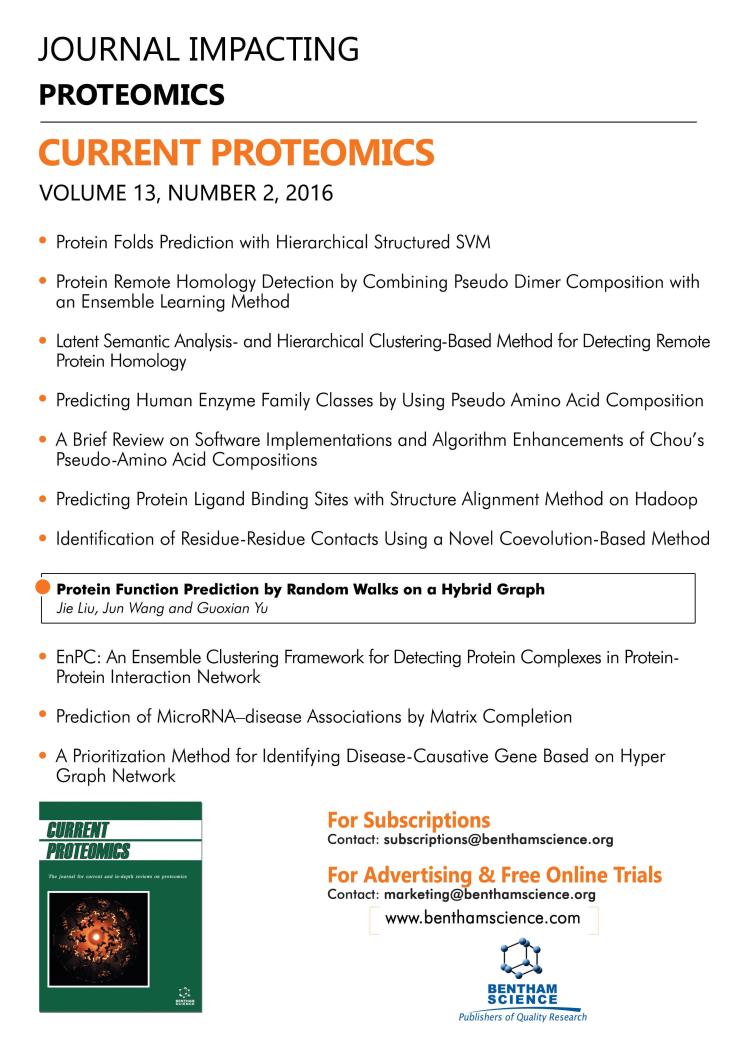Use of Filter-Aided
Capture and Elution Protocol for Concurrent Preparation of N-glycan and
O-glycopeptides for LC-MS/MS Analysis
Author(s):
Albert-Baskar Arul, Jong-Moon Park, Hookeun
Lee, Na-Young Han and Jongho JeonPages 48-54 (7)
Abstract:
Glycosylation, one of the most common types of post-translational modification (PTM), is frequently observed in membrane and plasma proteins. Characterization of glycan structures (participating in glycosylation) using mass spectrometry is important in biopharmaceutical industry. The present study describes a novel and improved N-glycan enrichment method using a filter aided capture and elution protocol. The glycopeptides of human IgG digests were selectively captured by binding to lectins, and the remaining non-glycopeptides were washed off by allowing them to pass through the membrane. The lectin binding glycopeptides were treated with Peptide -N-Glycosidase F (PNGase F), which cleaves the bond between arginine and glycan, and the de-glycosylated peptides were selectively obtained by filter-aided capture and elution method. After eluting the de-glycosylated peptides, the N-glycans and O-glycopeptides attached to the lectins were released by washing with 80% acetonitrile. The eluted N-glycan moieties and the intact O-glycopeptides were directly injected to the LC-MS/MS system without further enrichment. We identified 22 N-glycan moieties from a single standard human IgG protein. This novel protocol allows the enrichment and elution of N-Glycan and intact O-glycopeptides from a single experimental batch.
Keywords:
Fetuin, filter aided capture and elution,
human IgG, LC-MS/MS, lectin enrichment, N-Glycan analysis, Oglycopeptide.
Affiliation:
College of Pharmacy, Gachon University, 7-45
Songdo, Yeonsu, Incheon 406 799, Korea.
Graphical Abstract:













